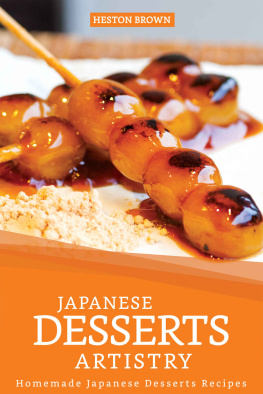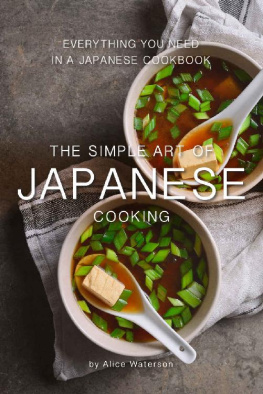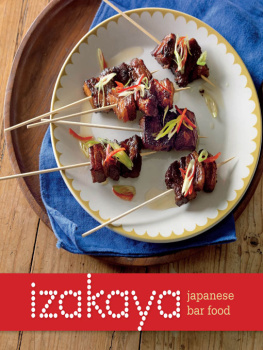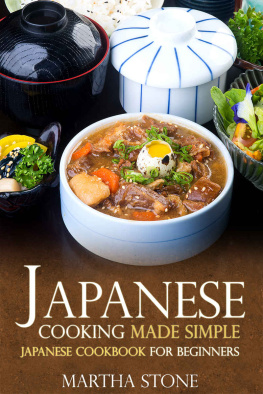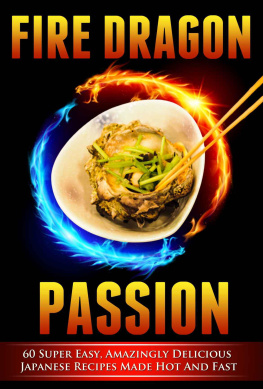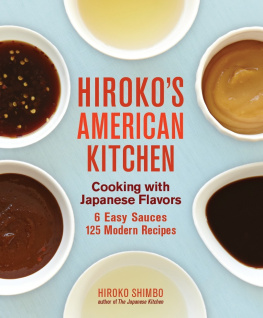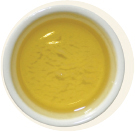

2015 by Nicole Bermensolo
Photographs 2015 by Steve Legato
Photographs 2015 on , by Jerry Erico
Published by Running Press,
A Member of the Perseus Books Group
All rights reserved under the Pan-American and International Copyright Conventions
Printed in China
This book may not be reproduced in whole or in part, in any form or by any means, electronic or mechanical, including photocopying, recording, or by any information storage and retrieval system now known or hereafter invented, without written permission from the publisher.
Books published by Running Press are available at special discounts for bulk purchases in the United States by corporations, institutions, and other organizations. For more information, please contact the Special Markets Department at the Perseus Books Group, 2300 Chestnut Street, Suite 200, Philadelphia, PA 19103, or call (800) 810-4145, ext. 5000, or e-mail special..
Library of Congress Control Number: 2014948620
E-book ISBN 978-0-7624-5602-4
9 8 7 6 5 4 3 2 1
Digit on the right indicates the number of this printing
Design by Susan Van Horn
Edited by Zachary Leibman
Typography: Neutra and Mr. Eaves
Running Press Book Publishers
2300 Chestnut Street
Philadelphia, PA 19103-4371
Visit us on the web!
www.offthemenublog.com

This book is dedicated to my family, who has tirelessly supported me through the Kyotofu journey.
contents

THE IDEA FOR KYOTOFU first came to me in 2005, as I was standing with a spoon hanging out of my mouth on the production floor of a fourth generation tofu factory in Kyoto, Japan. Surrounded by ancient wooden tofu presses and sturdy, spotless vats of warming soy milk, I dug a fresh spoon deep into a just-set batch of silken tofu and rolled the warm, velvety custard around on my tongue, pulling the kinds of faces that tend to make modest Japanese hosts really uncomfortable.
This tofu! Seriously: This. Tofu. My overwhelming urge was to gather it up in my arms, wrap it around myself like a blanket, and bring it back with me to New York. Not just the tofu, which I knew would be a revelation to anyone who has formed their opinions of that word from the packaged stuff languishing in supermarket refrigerator casesbut the whole Japanese approach to eating. From that day, Ive been a big believer that Japans cultural obsession with high-quality food is one of the main reasons that its people live longer and stay healthier than anyone else on earth.
I have always had a thing for Japan. Growing up in New Jersey, I watched the original Iron Chef while my friends watched Beverly Hills, 90210. While they read Sweet Valley High books, I read manga comics. I was without a doubt the only little Italian girl on the Jersey Shore begging her mother to go to the Japanese bookstore in Manhattan. My freshman year of college, I began studying the language and as a sophomore, I won a scholarship from the Japanese government to study in Japan. Once I got there, it took my friends and family two years to get me back to America.
My studies were based in Tokyo, but it was Kyotothe countrys historical capital, a couple hours away by high speed bullet trainthat really captured my imagination and won my heart.
Balance is a guiding principle in Japanese lives, and one thats particularly well represented in their meals.
Where Tokyo is fast-paced and modern, Kyoto is slow and traditional, the kind of city that begs to be explored by bicycle. Tokyo may be the twenty-first century seat of commerce and government, but Kyoto remains the true cultural and food capital of Japan. Its filled with traditional architecture (unlike Tokyo, Kyoto was spared from bombing in World War II), and is home to a staggering 2,000 temples and shrines. Its also famous for its long-standing artisan culture. Here youll find some of Japans best and most traditional kimono makers, woodworkers, and of course, small family tofu factories and other food businesses. Kyoto charmed me from my first visit and whenever I return to Japan, I always return to Kyoto.
My relationship with the place took a turn once I left school and entered the working world, embarking on the kind of career where I found myself eating all my meals out of cardboard takeout containers and getting a larger portion of my sleep than Id care to admit in the back of taxi cabs or curled up in a ball in my desk chair. Revisiting Japan at this point in my life was a wake-up call. It became clear what I was drawn to in this culture, and how painfully far from it my life had strayed.
Next page


